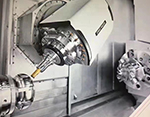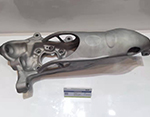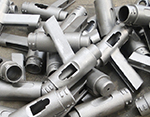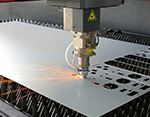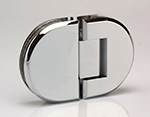-
Service
+
- CNC Precision Machining Service +
- Multi-Axis Simultaneous Machining Service +
- CNC Turning Service +
- Metal 3D Printing Service +
- Rapid Prototyping Service +
- Die Casting Service +
- Sheet Metal Fabrication Service +
-
Finish Serivces
+
- Polishing
- Grinding
- Brushed Finish
- Sand blasting
- Painting
- Powder Painting
- Anodizing
- Hard anodizing Service
- Passivation
- Zinc Plating
- Nickel Plating
- Chrome Plating
- Blackening
- Black Zinc Plating
- Teflon Coating
- Titanium Coating
- DLC Coating
- Laser Marking
- Silk Screen Printing
- Transfer Printing
- Micro Arc Oxidation
- Industries +
- About Us +
- Resource +
- Contact Us
- Quote

-
Service
-
>
-
>
-
>
-
>
-
>
-
>
-
>
-
>
-
- Industries
- About Us
- Resource
- Contact Us
Nickel-Based Impeller
Nickel-based alloy refers to a type of alloy that has comprehensive properties such as high strength and certain resistance to oxidation and corrosion at high temperatures of 650 to 1000°C.Nickel-based alloys are subdivided according to their main properties into nickel-based heat-resistant alloys, nickel-based corrosion-resistant alloys, nickel-based wear-resistant alloys, nickel-based precision alloys and nickel-based shape memory alloys. High-temperature alloys are divided into iron-based high-temperature alloys, nickel-based high-temperature alloys and cobalt-based high-temperature alloys according to different substrates. Among them, nickel-based high-temperature alloys are referred to as nickel-based alloys.
Nickel-based alloys are used in many fields:
1. Ocean: Marine structures in the sea environment, seawater desalination, seawater aquaculture, seawater heat exchange, etc.
2. Environmental protection field: flue gas desulfurization equipment for thermal power generation, wastewater treatment, etc.
3. Energy field: atomic power generation, comprehensive utilization of coal, wave power generation, etc.
4. Petrochemical industry: oil refining, chemical equipment, etc.
5. Food field: salt production, soy sauce brewing, etc. In many of the above fields, ordinary stainless steel 304 is not competent. In these special fields, special stainless steel is indispensable and cannot be replaced. In recent years, with the rapid development of the economy and the continuous improvement of the level of the industrial field, more and more projects require higher-grade stainless steel. With the growth of demand for nickel-based alloys in various industries. In 2011, my country's nickel-based alloy market reached 23.07 billion yuan, with a year-on-year growth rate of 19.47%. Therefore, the industry development level is on a steady upward trend.
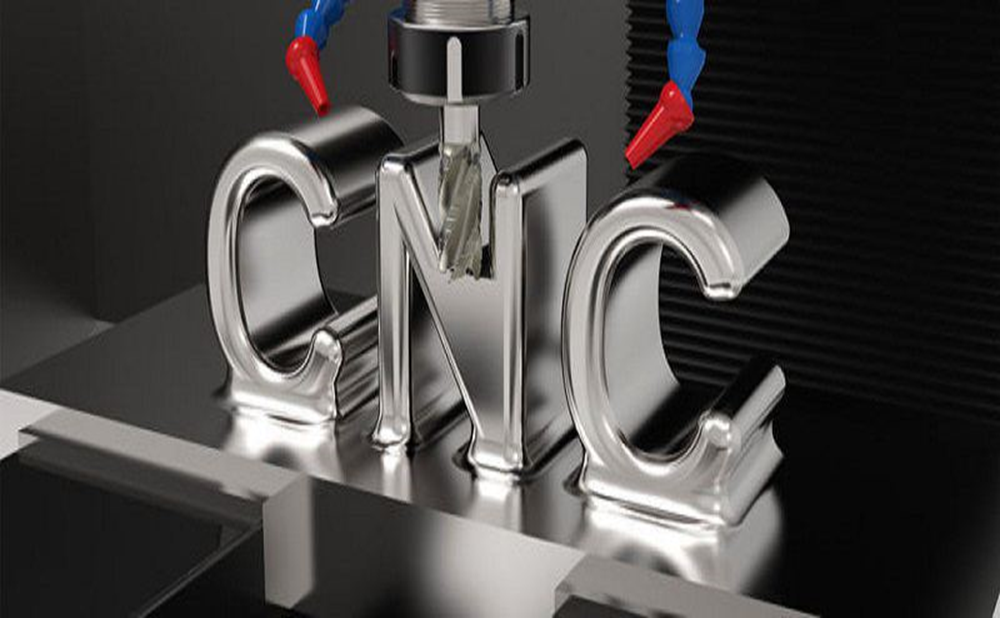
Production Process:
Smelting: In order to obtain purer molten steel, reduce the gas content and harmful element content; at the same time, due to the presence of easily oxidized elements such as Al, Ti, etc. in some alloys, non-vacuum smelting is difficult to control; and in order to obtain better thermoplasticity , Nickel-based heat-resistant alloys are usually smelted by vacuum induction furnaces, or even produced by vacuum induction smelting plus vacuum consumable furnaces or electroslag furnace remelting methods.
In terms of deformation: forging and rolling processes are adopted. For alloys with poor thermoplasticity, even extrusion and then rolling or direct extrusion processes with mild steel (or stainless steel) sheathing are used. The purpose of deformation is to break the casting structure and optimize the microstructure.
Casting: A vacuum induction furnace is usually used to smelt the master alloy to ensure the composition and control the gas and impurity content, and vacuum remelting-precision casting is used to make parts.
Heat treatment: Deformed alloys and some cast alloys require heat treatment, including solution treatment, intermediate treatment and aging treatment. Taking Udmet 500 alloy as an example, its heat treatment system is divided into four stages: solution treatment, 1175°C, 2 hours, Air cooling; intermediate treatment, 1080°C, 4 hours, air cooling; primary aging treatment, 843°C, 24 hours, air cooling; secondary aging treatment, 760°C, 16 hours, air cooling. In order to obtain the required organizational status and good overall performance.
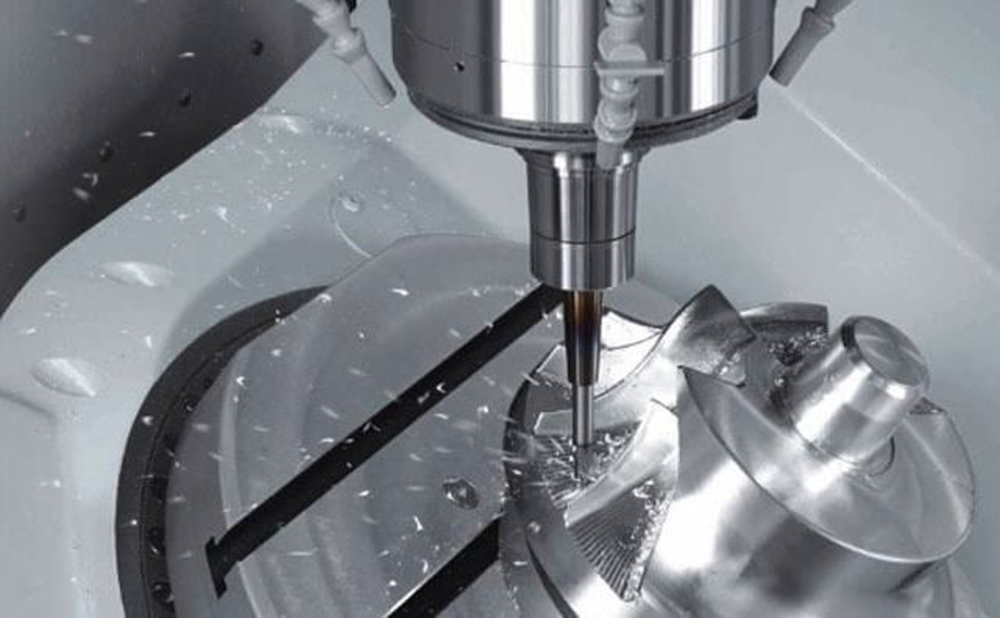
Contact:
Email: Maggie@kesugroup.com,
WhatsApp: +86 135-3842-1321
Our engineer team are ready for your projects and provide feedback quickly.

